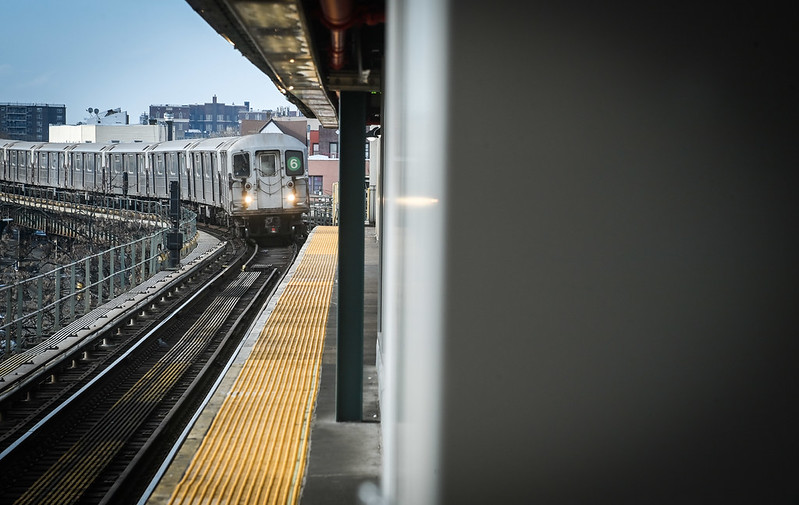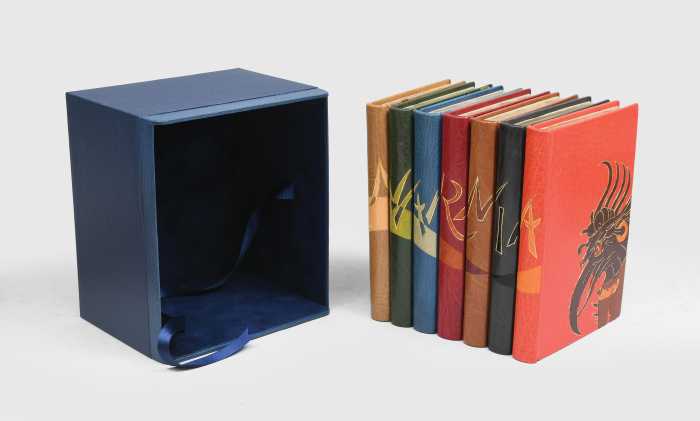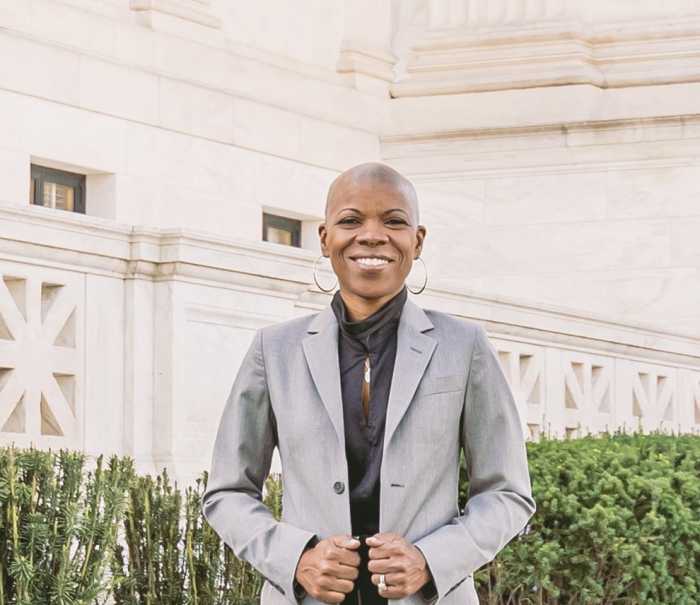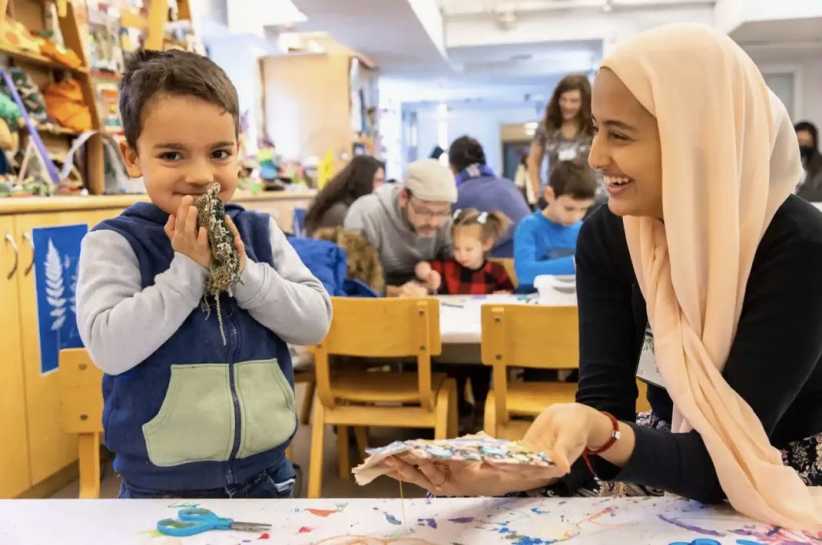Read Related Article #1: They survived against all odds
Read Related Article #3: Centuries of anti-Semitism
Read Related Article #4: The master race
Read Related Article #5: KRISTALLNACHT: The night everything went to pieces
The mere mention of European Jews before World War II conjures a humble and precarious existence in the shtetl - an off-stage “Fiddler on the Roof” where shabbos and shul dominated and dictated life.
Yet, according to Bonnie Gurewitsch, the archivist and curator at the Museum of Jewish Heritage in Manhattan, the Jewish story of pre-Holocaust Europe is one of great diversity, just as varied as the horrific and heroic narratives weaved once Hitler and his soldiers invaded European towns.
“The Jews before World War II were urban and rural, religious and not religious. There was tremendous economic diversity,” Gurewitsch explained.
In 1933, before the war, there were roughly 9.5 million European Jews, the majority of who lived in the continent’s eastern nations. These Jews of Poland, Ukraine, the Soviet Union and Romania were hardly Polish, Ukrainian, Russian and Romanian, however. They were Yiddish-speaking Jews whose identity was forged by their role as an isolated minority. They had their own films, books, theater, customs and, in most cases, their own style of dress.
On the other side of the continent, an examination of Jews was a lesson in assimilation. Western European Jews of Germany and Hungary adopted the culture and language of their countries. This absorption into society later proved fatal to many Jews who refused to flee Hitler’s wrath, believing their countrymen would spare them.
“The German people are very proud people, and as far as the Jews were concerned we were Germans - we were good Germans of Jewish religion,” explained Hannah Deutch, who was born in Düsseldorf, Germany in 1922 and now lives in Jackson Heights.
Minia Moszenberg had a different experience entirely.
“The sad story was we were persecuted even before the war,” said the Flushing resident who grew up in Ozorkow, Poland.
“We were not integrated,” she said, explaining that Jews lived in self-sustaining communities with a butcher, baker, milkman, shoemaker, dressmaker and kosher slaughterhouse in communal courtyards behind their living quarters.
The courtyard marketplaces were interconnected like a “whole world,” Moszenberg said, enabling the Jews to move about when they were later prohibited from using main streets.
Some Polish Jews did assimilate into Polish life, however, Gurewitsch explained.
“Not speaking Polish well was a dead giveaway for anyone who wanted to pretend they weren’t Jewish during the Holocaust,” she said.
Still, across Europe the Jewish way of life shared many common threads.
A Jewish community structure known as a kehilla, or congregation, has been in place throughout modern Jewish history. In fact, the European civil government gave the religious Jewish community the authority to tax its members to fund social services such as burial associations, services to brides and charity efforts.
“The Jewish community was characterized by taking care of its own,” Gurewitsch said. “There was the sense that Jews were responsible for one another.”
Jewish boys all attended public school from the ages of five to 12, while girls studied privately. Religious students often attended a supplementary school known as cheder - which literally means “room” - though boys almost universally became bar mitzvah at 13.
The very bright went onto gymnasium, or coed secondary education, where boys outnumbered girls.
University was reserved for the best and brightest but many qualified students were turned away because of quotas on Jewish admissions. Moszenberg said only five out of 500 students at her sister’s university were Jewish.
Outside the classroom, Jewish students across Europe were active in youth groups, which were “a tremendous source of information, inspiration and social life for young people,” Gurewitsch explained.
These youth groups were part of a vibrant political scene comprised of organizations like the Zionists and Socialists - Boy Scouts with an ideological bent, so-to-speak, Gurewitsch said. Every political group had its own publications and newspapers, she explained.
Sports were also an important aspect of life, largely considered part of a young person’s education. As the Nazis rose to power and Jews were expelled from athletic organizations, Jews formed Maccabi sports teams, which are still a vital part of Jewish culture today.
Jews of all ages were culturally active prior to the Holocaust. There was a wide range of adult education such as lectures and discussion groups, Gurewitsch explained. Books of all topics were published in Yiddish and there was an array of theater, dance and musical offerings performed in the language, which is a dialect based on old German, Hebrew and other European idioms.
Jews were involved in businesses all across the spectrum, Gurewitsch said. They provided for their families through jobs in every profession from the lumber industry to medicine.
“We eked out a living,” said Eddie Weinstein, an 83-year-old Little Neck resident who was born and raised in Losice, Poland. Weinstein’s father sold everything from poultry to produce from a horse-drawn cart.
“We always had something to eat but there were other people that never had anything to eat at all,” he said, explaining that over 90 percent of his town’s population was poor.
Meanwhile, those like Deutch and Jane Keibel, also from Düsseldorf, had fathers who worked in the department store business.
“We had a nice house on a nice street,” Keibel remembered fondly.
“Life was fantastic, beautiful and exciting,” recalled Lena Goren, originally from Solonika, Greece, where her family lived amongst other Jews.
“As far as my childhood at home, it was amazing,” Moszenberg said, echoing the pleasant memories of pre-Holocaust youth shared by her fellow survivors.
But then everything changed. Moszenberg, Deutch, Weinstein, Keibel, Goren and the other Jewish children of Europe were forced to grow up overnight.































